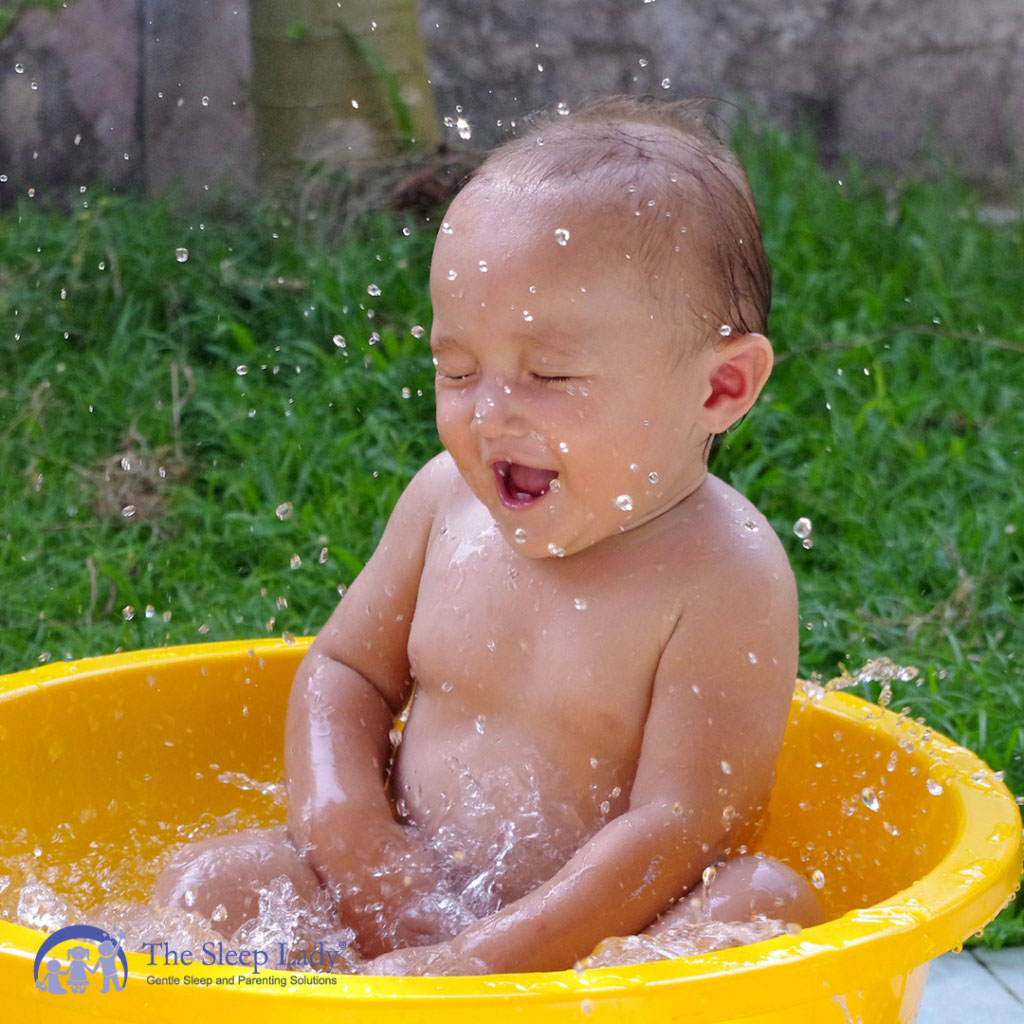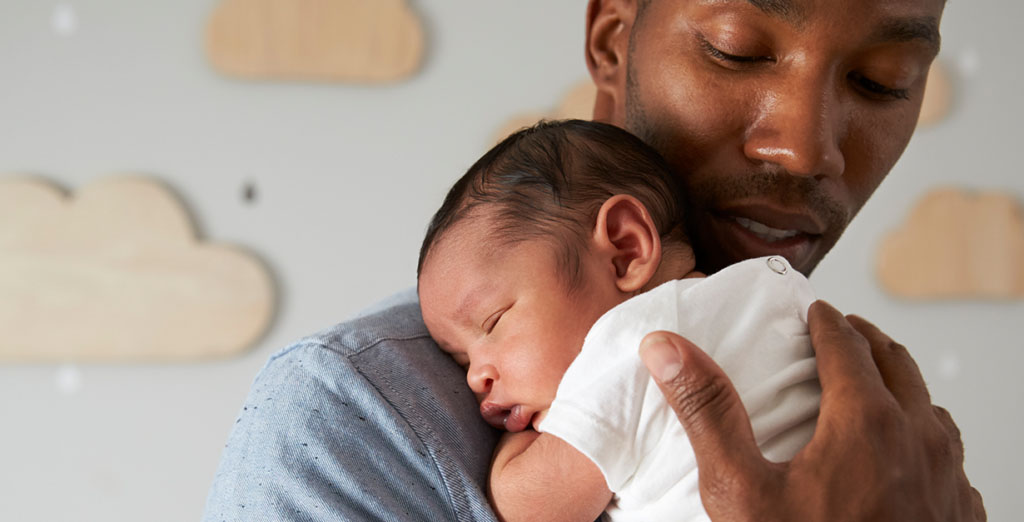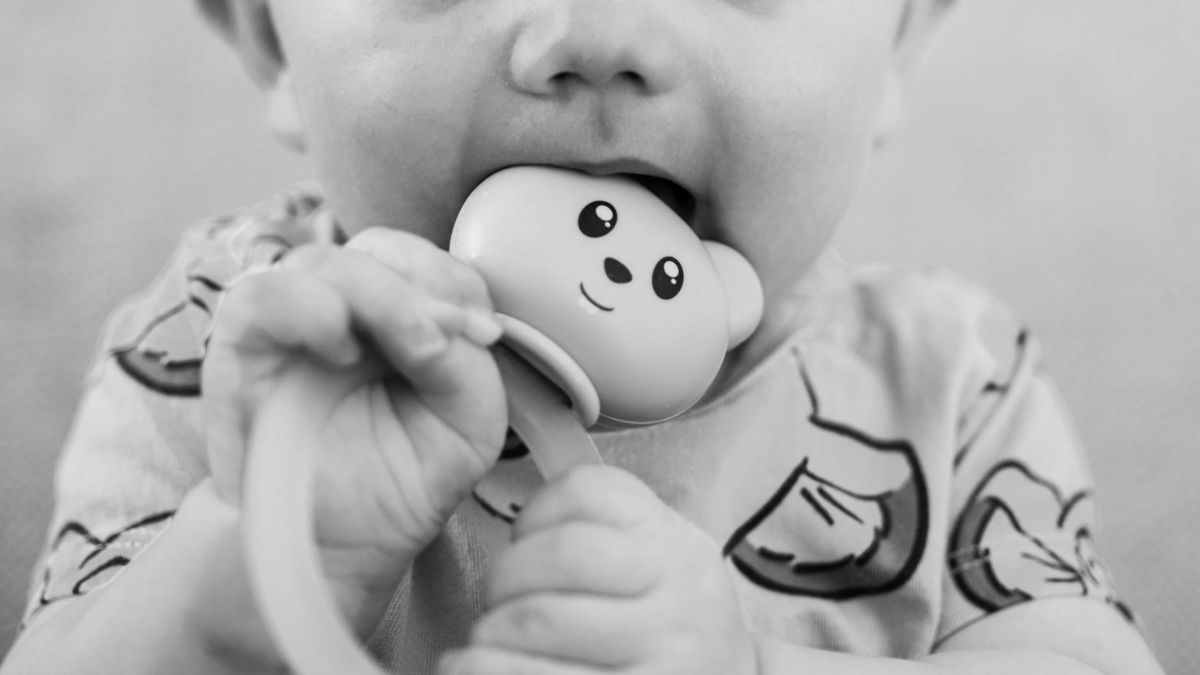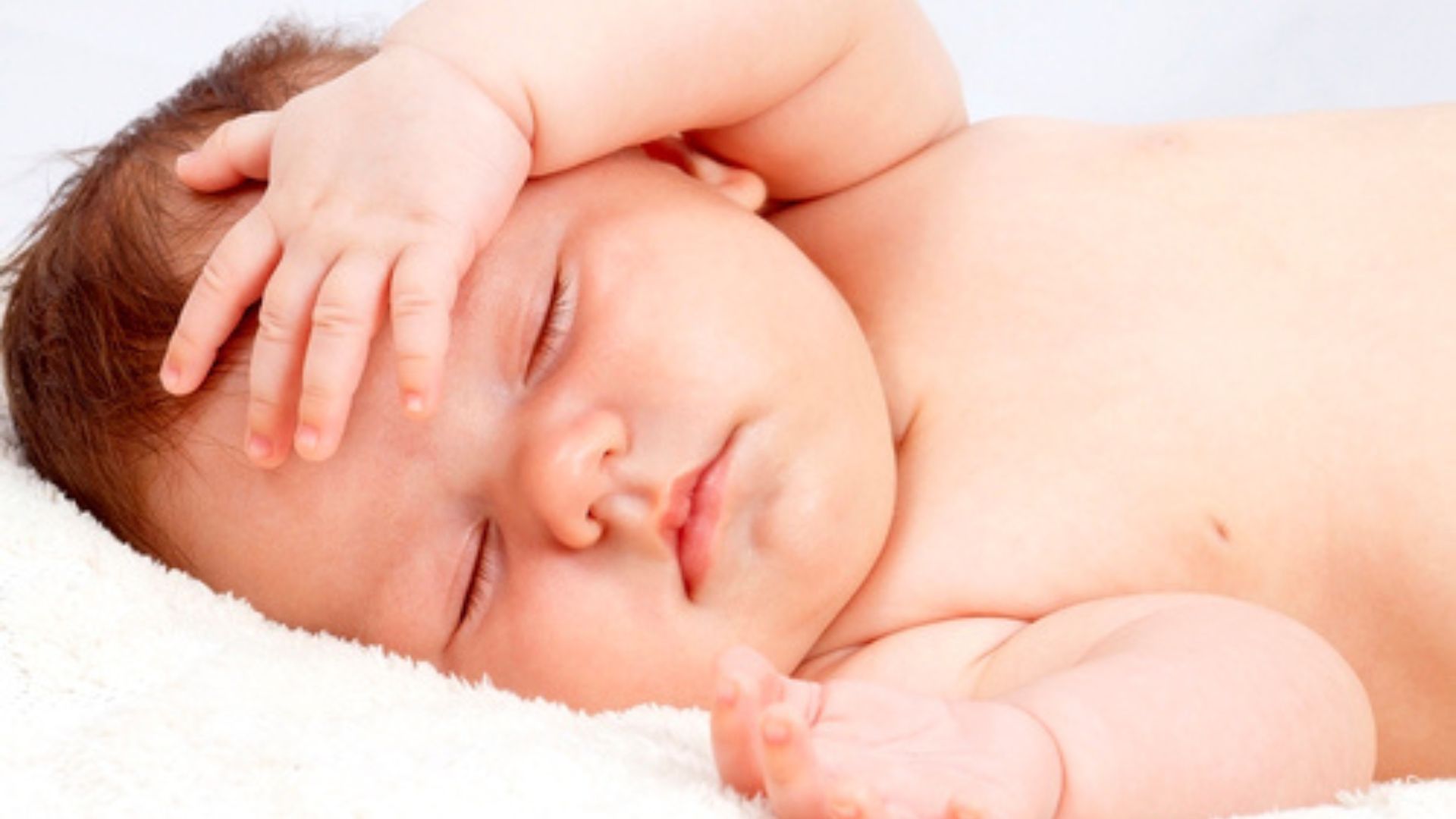Summer Sleep: Can a Cool Breeze Mean Better Sleep for Your Baby?
One of my favorite things to do in the early months of summer is to open all the windows and fill my home with the fresh spring air. It refreshes the senses and clears out the stale air from a long winter. Even better is to hang cotton sheets on the line to dry so I can bring the fresh spring air scent into the bedroom. Crisp linens and a cool breeze are great for adults, but summer sleep can be hard for babies and children.
Cooler Temps, Better Sleep
More than experience backs up this idea. Science has shown that when we sleep our bodies drop in body temperature. A temperature set a little cooler at night will prompt drowsiness and help you and your baby nod off to sleep.
A Cool Breeze
Should we let our children sleep with the window open? This depends on the temperature outside. Sleep experts generally say that babies sleep best when the room temperature is between 68 and 72 degrees.
When the temperature outside is close to or below your temperature range, close the curtains and crack the window for a few minutes before bed. The breeze can gently cool the room to be a bit cooler than the rest of the house and set the stage for your child to get to sleep a little easier.
Be careful that the room does not dip too much in temperature. Too cold a room will wake him up through the night as his body fights to stay warm. Many sleep experts say that a cool room, somewhere around 68-72 degrees, makes for the best baby sleep, and research backs this notion.
Why is The Right Temperature So Important?
Your body has a heat distribution system called thermoregulation. This system is linked to sleep cycles. For example, every time you lie down your heat is redistributed throughout your body from your core to your extremities and sleepiness increases.
About four hours after you fall asleep, your internal temperature drops to its lowest point during the day. In the early morning hours your core temp begins to rise slightly till you wake.
Scientists think that a cooler bedroom is conducive to sleep since it mimics your body’s natural temperature drop. If the air in your room is too hot, it may interfere with your body’s natural dip and make you more restless through the night. Each of us has a slightly different optimal temperature for sleep, so experiment with keeping your child’s room cool and find what makes him most comfortable.
Interestingly, while a cool room and a lower core temperature may help you sleep better, cold hands and feet will not. Because blood flow is a prime method of distributing heat evenly throughout your body, if your extremities are cold it could be a sign of poor blood flow, which results in sleeplessness.
What is the Ideal Room Temp for your Child?
Since a lower body temperature promotes sleep, cooler room temperatures in the evening and throughout the night may aid in a good night’s sleep for your child. Most children sleep well between 61 and 65 degrees Fahrenheit (16 to 20 degrees Celsius), even though this seems cooler than you might expect.
Avoid overdressing your baby even when you drop the room temp a degree or two. Set the thermostat so that it is comfortable for a lightly clothed adult and this may be just right for your infant to sleep soundly.
Limit Bedding
Now that it is getting warm outside, it’s best to remove blankets and any items from your child’s bed that may cause your child to overheat. If your toddler or preschooler can’t sleep without their blanket or covers, make a switch to a lightweight, knit, cotton blanket for the summer months.
Remember, there should be no blankets in your baby’s crib, but if you are using a sleep sack or swaddle, it may be time to consider using a lighter weight option or losing the sack for the summer.

Bathing your child before bed can drop their temperature for optimal summer sleep
Should I Give my Baby a Bath Before Bed?
Bathing your child before bed can be a wonderful part of your daily routine if you can catch the sleepiness window that opens up the hour after the bath.
A warm bath raises your child’s core temperature. After the bath, his core temperature begins to drop and this brings on a subtle drowsiness. A little experimentation and an attentive eye can help you sense when your child gets the sleepiest after a bath.
Use a Fan
Even if you have air conditioning, often it doesn’t cool equally throughout the house. You can use a simple fan to help cool — or heat, if your baby’s room turns into an icebox when the air conditioner is on — your baby’s room before bedtime. But it is better to not run a fan all night long because this tends to dry out the air too much.
Checking Often To See If Baby Is Cold or Hot
A baby’s hands and feet may feel cold not because of his body temperature, but because of his immature circulatory system. The best way to see if your baby is too hot or too cold to the touch is to feel his ears or his chest from inside his clothing. Is he sweaty or cold to the touch? If he is too hot he may be irritable and his skin may be sweaty or mottled.
If it is a hot day then he can easily become dehydrated. Check his fontanelle (soft spot) for any noticeable indentation and hydrate him if necessary. Make the room cooler by opening windows, turning on a fan to circulate cool air, or turning down the thermostat to turn on the A.C.
Depending on the need, add or take away layers of clothing or bedding. Just remember to use safe practices for bedding by tucking in any blanket at the foot of the crib and not covering his head at all.
Remember, your young child’s optimal room temperature for sleep will be a bit lower than what feels comfortable for you. I hope this small change to your bedtime routine bring you and your baby more restful sleep this summer!




